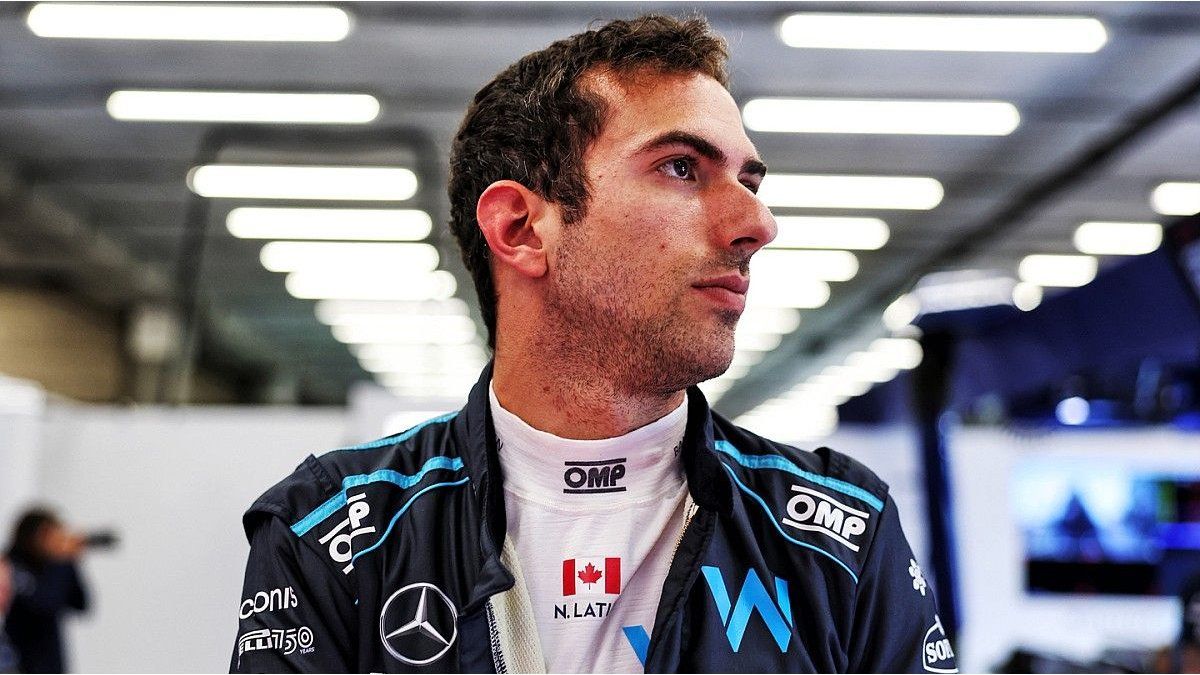Many people in the GDR cared for their own Trabi with dedication, but it was retired after reunification. In the meantime, the old love is being revived. For some, this is a business.
For many GDR citizens, the dream of owning their own car only came true after a long wait. The small car from Zwickau called Trabi was therefore an object of desire for many. But after reunification, the technically outdated Trabant cut a bad figure next to the western models, became the butt of jokes and soon became a rarity on the roads. The small car has been enjoying life as a classic car for several years and has a growing fan base: registration numbers are increasing. If you want to buy such a car, you have to shell out a hefty sum. Where does the new love for the little stinker come from, who is celebrating an anniversary this year?
Two-stroke engine with initially 23 hp, air cooling, maximum speed of 100 and a body made of duroplast instead of sheet metal: 60 years ago, VEB Sachsenring Automobilwerke presented the Trabant 601 to the international public at the Leipzig spring trade fair – alongside a Horch built in 1911, to celebrate the proud car tradition the region. There had been predecessors, but with more than 2.8 million units, the 601 became the best-selling Trabant car and was produced until 1990. Whether pastel blue, polar white or cliff green – the 601 has shaped the Trabi image in people’s minds.
Trade fair debut in 1964
In the spring of 1964, the magazine “Der Deutsche Straßenverkehr” raved about a completely new body, “which corresponds to international taste in the style of the modern trapezoidal line”. Compared to its predecessors, it offers more headroom, a larger trunk, crank windows and push-button door handles. “With the amount of space in the interior, the Trabant 601 is at the top of comparable vehicles on an international scale,” exults the GDR magazine.
Although the new model went into series production in June 1964, production never kept pace with demand. The result: waiting times of more than ten years. This was also due to the special features of the body, as Bernd Cyliax explains. The 79-year-old once worked at VEB Sachsenring. Today he shares his knowledge with visitors in the Zwickau Horch Museum. Because there was a lack of foreign currency and raw materials, thermoset plastic was used for the body. “Duroplast basically consists of cotton that came from the Soviet Union and phenolic resin from brown coal tar.” The whole thing – ten parts per car – was pressed at 180 degrees and had to cool down again. “Such a pressing process took eight minutes – that was the problem,” says Cyliax.
Trabi as a film star
This peculiarity earned the Trabi nicknames such as “Plastebomber” or “Rennpappe”. Because of the long waiting times, used vehicles were often more expensive than new ones. But for those who got hold of one, it was often a loyal companion – right up to the trip to the Baltic Sea, Lake Balaton in Hungary or on the first flying visit to West Germany at the end of 1989. On the streets it quickly gave way to models from Volkswagen, Ford or Opel .
The cult film “Go Trabi Go” captures this in its opening scene at the beginning of the 90s: While the German teacher Udo Struutz (Wolfgang Stumph) sets off on a journey to Italy with his wife and daughter in the Trabi “Schorsch” in Bitterfeld, his neighbors are already polishing their western cars have only malice left for his 601: “Naples? That’s not how you get to Leipzsch.” The Trabant also becomes a star on the screen in the comedy “Trabbi goes to Hollywood” with Thomas Gottschalk. He also offered entertainment in countless jokes such as: A Trabi owner at the gas station said to the gas station attendant: “I would like two windshield wipers for my Trabi.” The gas station attendant: “That’s okay, that sounds like a fair exchange!”
Increasing value
A good 30 years later, the stinker is celebrating a comeback and has cult status – not just in East Germany. This is shown by figures from the Federal Motor Transport Authority. The number of registered Trabis has been increasing for around ten years. While there were a good 32,300 in 2014, the 40,000 mark was broken last year – of which almost 32,000 were in the east and a good 8,300 in the west.
If you want to buy one of the cars that have now become classic cars, you have to shell out more and more money. On average, they are currently offered for around 7,300 euros, says Gerd Heinemann from the consulting firm BBE Automotive. It regularly produces market analyzes for classic and classic cars in Germany. For some special variants, prices of 25,000 euros and more are charged online. “Prices will tend to continue to rise.” Five percent per year is realistic.
The fact that there are more Trabis in Germany is also due to re-imports, explains Heinemann. But above all, the simple construction is fueling its revival. Many things can be repaired by amateur mechanics and a Trabant can sometimes be completely rebuilt with an existing frame. As evidence, Frank Hofmann shows us around the farm of his company Trabantwelt in Zwickau. He opens the door of a garage container. A Trabant 601 station wagon in Panama green appears. “My junior almost completely rebuilt it and drove it to his prom.”
Trabi on the North Cape
Hofmann founded his mail order business around 20 years ago. He gives tips for screwdrivers on YouTube. According to his own words, he has around 5,200 Trabi parts in stock: from the cylinder head to the complete engine, from the hub cap to the seat cover. With 15 employees, he ensures that Trabi fans don’t run out of parts – and that many Trabants are brought back to life. “We have customers all over the world – as far as New Zealand, Australia, Brazil and the USA,” says Hofmann. “The Trabi has come a long way.” He also wants to go far with the two-stroke engine – and not just economically. “I want to go to the North Cape with my son.” However, the second Trabi still has to be rebuilt.
Not everyone shares the enthusiasm. The exhaust gases from two-stroke engines are a thorn in the side of German Environmental Aid. This primarily involves incompletely burned hydrocarbons and carbon monoxide. “We are calling for a driving ban for old and new vehicles without effective emissions control,” it said in a statement. With H license plates, drivers of Trabis and other classic cars can also drive in environmental zones in large cities. This is not justifiable, “since they contribute to air pollution and thus to health risks,” complains Environmental Aid.
Source: Stern




